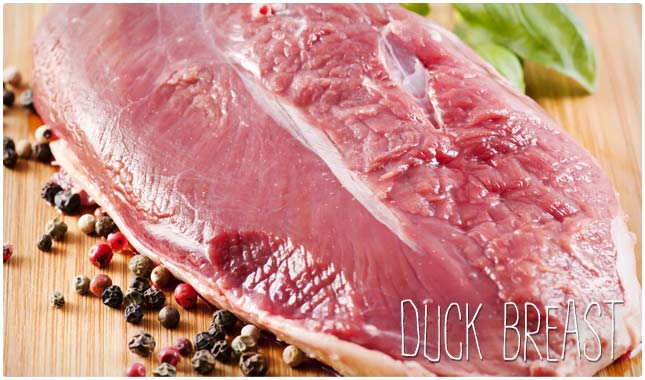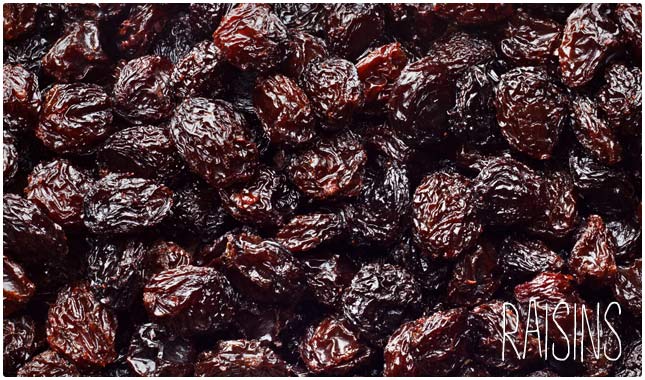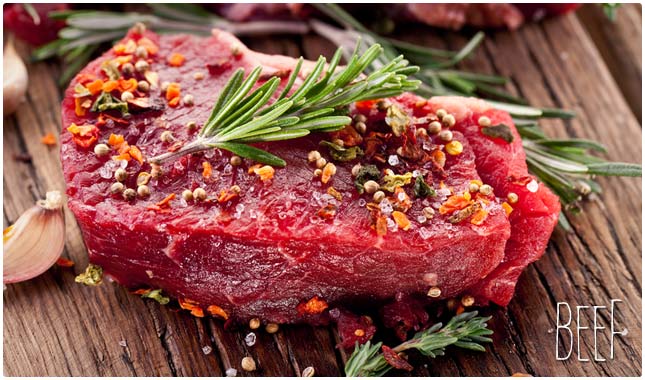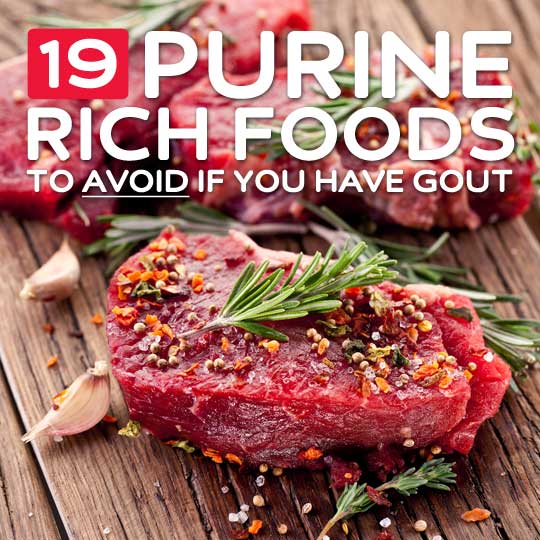If you’re looking to reduce your production of uric acid, you’ll want to specifically limit foods that are high in purines. This is because these foods will cause your body to produce more uric acid, which in turn could lead to another gout attack. Talking with your doctor about the best way to treat and manage your gout is a great idea, and this list will give you some insight on what to keep off your plate.
[hr]

1. Sunflower Seeds
Sunflower seeds would make a great snack, if it weren’t for their high content of purines. Keep in mind that a serving of sunflower seeds is only a third of what is listed below, so you’ll be getting a third of the purines if you kept your serving size in check, but it is still adding to your cumulative total, which can cause problems if other mid-range purine foods are also eaten. Serving Size (100 grams), Purines (143 milligrams)
[hr]
2. Sardines
Sardines are another food to avoid when you’re trying to prevent a gout attack. These salty fish may be high in omega-3 fatty acids, but they’re also high in purines, and are likely to trigger a reaction if they’re consumed in anything resembling a decent portion. This is not an ingredient that shows up a lot in mainstream recipes, so it’s not too hard to sidestep it. Serving Size (100 grams), Purines (480 milligrams)
[AdSense-A]
3. Organ Meats
Organ meats are something you’ll definitely want to avoid, because they have some of the highest purine levels across the board. So while these may be a good source of vitamins and minerals like iron, magnesium, and potassium, it’s just not worth the risk due to the high amounts of purines they contain. This includes livers, hearts, spleens and other organ meats from a variety of animals. Serving Size (100 grams), Purines (218-334 milligrams)
4. Caviar
While often thought of as a ritzy food eaten only by the aristocratic, caviar has a tendency to show up in sushi bars and is becoming more readily available. You’ll want to steer away from it if you’re looking to limit your intake of foods containing purines. That’s because it has a sizable amount of them, more than the same serving of beef does. Serving Size (100 grams), Purines (144 milligrams)
[hr]

5. Duck
Duck is not a very common food for most American families, but it has a tendency of showing up on restaurant menus, often with an enticing description. You’ll want to avoid it though so you don’t end up contending with the purines it contains. One of the insidious things about gout is you never know what will cause an attack, so it’s often best to play it safe and limit or abstain from foods you’re unsure of. Serving Size (100 grams), Purines (138 milligrams)
[hr]
6. Chicken
Chicken may be one of the hardest foods to keep off of your plate because it’s so prevalent in our society. It’s the most-consumed meat in America and if you’re trying to reduce the amount of purines you take in, you’ll have to give strong consideration to whether or not you can tolerate chicken. It contains more purines than beef does, but not as much as some fish. Serving Size (100 grams), Purines (175 milligrams), 172 calories.
7. Fish
With so many varieties of fish it’s hard to peg down exactly what sort of purines they contain, but across the board they are all pretty high. Some of the worst offenders are anchovies, herring, and perch, with other fish clocking in lower but still being considered higher than your average food. To be safe you should take a pass on all fish unless your doctor has specifically singled out one you can have. Serving Size (100 grams), Purines (110-175 milligrams)
[hr]
8. Ham
Lean varieties of ham are often allowed on many diet programs, but if you’re looking to cut down on your purine consumption you should cut down on your ham intake. That’s because it ranks pretty high in purines compared to many other foods. Serving Size (100 grams), Purines (131 milligrams)
[hr]

9. Lentils
Even though lentils are becoming more popular due to their many health benefits, you’ll want to skip them due to their high purine content. They contain a good amount of fiber, and are a non-meat source of protein, but are best avoided by those looking to decrease the amount of purines eaten throughout the day. Serving Size (100 grams), Purines (127 milligrams)
[hr]
10. Mussels
If you’ve been diagnosed with gout you’ve probably been told to avoid shellfish altogether, and mussels are definitely one that you’ll want to pass up. The good news is that as long as you’re not in a seafood restaurant these don’t show up very much, and unless you seek them out they’re easy to ignore. Serving Size (100 grams), Purines (112 milligrams)
11. Scallops
Scallops are another shellfish that is best to keep off your plate. These contain more purines per gram than mussels and lobster, but not as much as shrimp. Often you’ll see scallops paired with mussels and other seafood choices on a combination platter, and this would definitely be something to avoid, as a plate like that has been known to cause a gout flare up all by itself. Serving Size (100 grams), Purines (136 milligrams)
12. Venison
Wild game is becoming more readily available as source of protein that is potentially better than organic, since it’s allowed to live on its own and thus isn’t full of antibiotics or genetically modified feed. But you’ll want to take care not to eat venison due to its relatively high purine numbers. It’s also a good source of protein, which can further aggravate gout symptoms. Serving Size (100 grams), Purines (138 milligrams)
[hr]

13. Raisins
These little dried grapes can cause problems for gout sufferers, as they’re an unsuspected source of purines. It’s easy to remember to be wary of fish, shellfish, and meats, but it’s easy to forget that raisins can be just as problematic. These show up in all sorts of baked goods and other recipes, so be careful not to eat too many of them, if at all. Serving Size (100 grams), Purines (107 milligrams)
[hr]
14. Lamb
Lamb, like other meats listed here, is high in both protein and purines, giving it a double whammy status for those looking to manage their gout flare ups. Lamb is not one of the most commonly eaten meats in the US, but it is available at most grocery stores and butchers, as well as many restaurants with international items. It has more purines in it than beef does, so it’s best not to eat it. Serving Size (100 grams), Purines (182 milligrams)
15. Lobster
Lobster gets the no-go for those looking for foods lower in purines. Along with its other shellfish cousins, lobster contains too many purines per serving to be considered OK on most gout diets. Lobster is one of the least ubiquitous seafood options around, and is easy to steer clear of because of its higher price per pound. Serving Size (100 grams), Purines (118 milligrams)
16. Shrimp
Shrimp is perhaps the most commonly eaten shellfish and ranks only behind fish in the seafood category as most widely available. This can present a problem because shrimp can find its way into menu items that don’t explicitly list it. For instance, the fried rice or spring rolls at a Chinese restaurant may contain shrimp, but you won’t know it until you start to eat it. It’s always best to check if you are in doubt at a restaurant. Serving Size (100 grams), Purines (147 milligrams)
[hr]

17. Beef
Beef is a little harder to avoid because it shows up on many restaurant menus, and every supermarket offers a large variety of different cuts of beef. While not as purine-packed as organ meats or sardines, beef still ranks relatively high, and if eaten in large enough quantities can cause a problem for those prone to gout flare ups. Talk with your doctor to see if beef is OK for you. Serving Size (100 grams), Purines (110-133 milligrams)
[hr]
18. Turkey
Turkey is pretty much everywhere in the world of sandwiches and deli meats, so it can be hard to avoid the temptation if you’re a fan. But unfortunately it comes with a enough purines to make it off limits for gout sufferers. It has a bit fewer purines than chicken, but they are still both higher than average. Check with your doctor to see what exactly you should and shouldn’t eat. Serving Size (100 grams), Purines (150 milligrams)
19. Veal
If you thought that opting for veal instead of beef would help circumvent the purine content, think again. The overall numbers on purines are higher when compared to beef, so veal is also a food that you will want to say no to when considering which foods to eat to avoid gout flare ups. The numbers that follow are for different types of veal, and as you’ll see they all contain too many purines to be acceptable. Serving Size (100 grams), Purines (140-172 milligrams)
[hr]
Avoiding your next gout attack is priority one, and making sure you keep an eye out for the above foods should help. Talk with your doctor to find out which foods specifically give you problems, as well as how to better manage your lifestyle so that you don’t build up excess levels of uric acid. There may be a way to enjoy some of the foods on this list in moderation, and along with proper exercise and keeping a healthy body weight.




